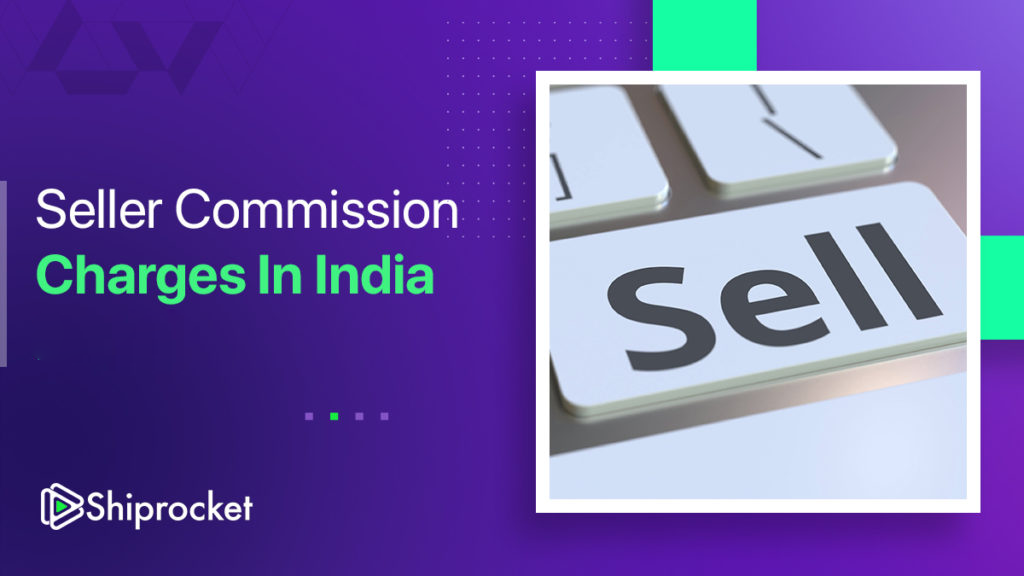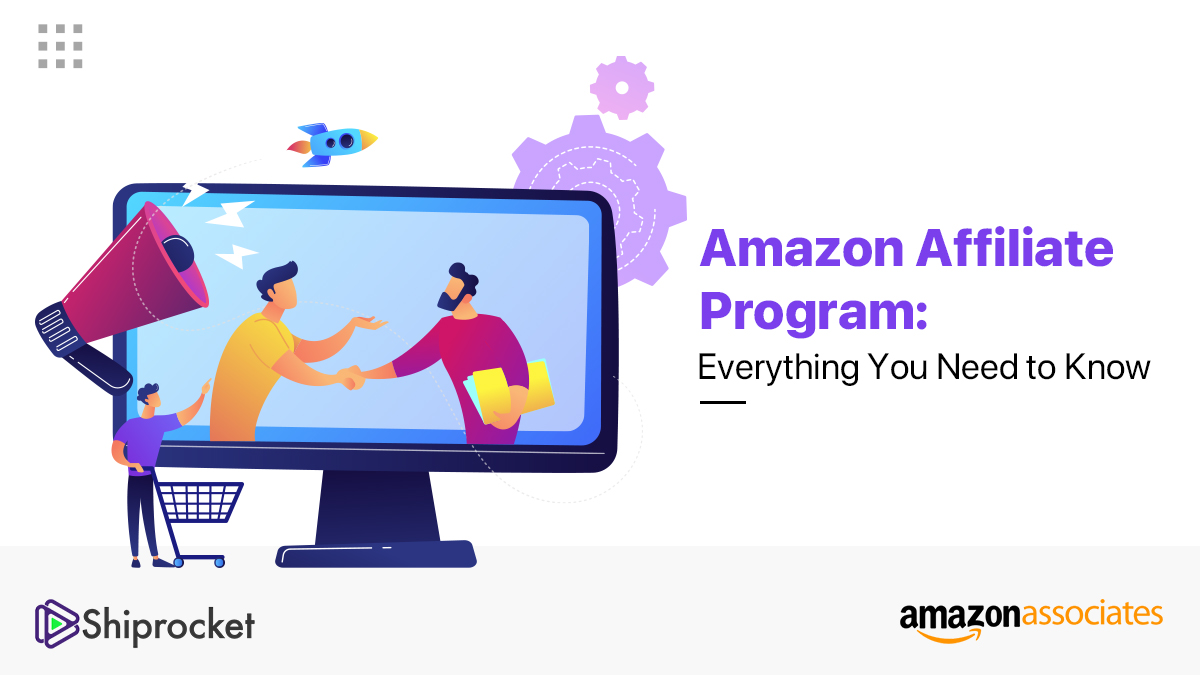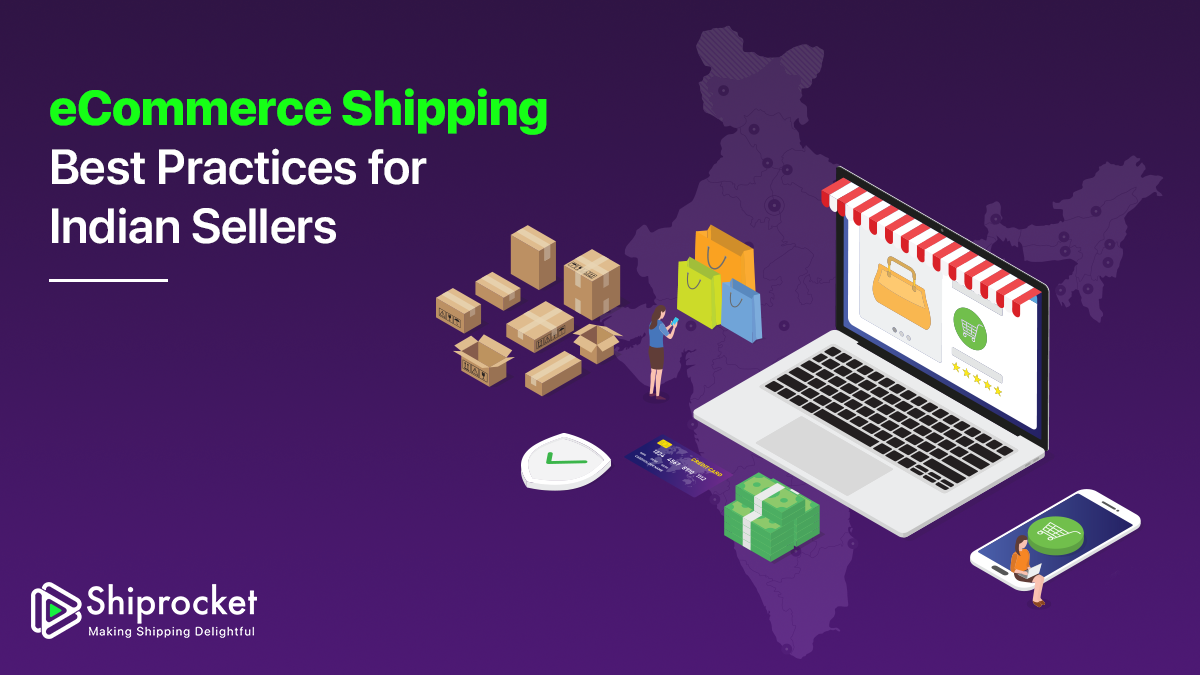Transforming Local Delivery: Get Instant Delivery in Just 10 Minutes!
- The Rise of Instant Delivery
- Understanding the 10-Minute Delivery Model
- Benefits of Instant and 10-Minute Delivery for Local Sellers
- Challenges in Implementing Instant Delivery
- Leveraging Technology to Overcome Delivery Challenges
- Case Studies of Successful Instant Delivery Implementations
- Future Trends in Instant and Local Delivery
- Conclusion
The concept of instant delivery has been altered by introducing 10-minute delivery services. This trend is gaining popularity, especially as more people seek convenience and speed.
Imagine needing an ingredient for dinner or running out of essentials— these new instant delivery services ensure customers don’t have to wait long. From groceries to medicines or snacks, they promise to deliver items right to the door in under 10 minutes. This is not just a customer-driven change but also a business opportunity. While sellers are eager to offer this service, it’s essential to understand the potential and challenges involved in making such fast deliveries possible.
The Rise of Instant Delivery
Instant delivery services have taken over traditional shopping, making life more convenient, especially in busy urban areas. Getting essentials within minutes without leaving home has added convenience to the daily routine.
In today’s hectic lifestyle, people have less time for everyday errands. As more customers embrace cloud-based shopping apps, 10-minute delivery has become a preferred choice. With just a few taps, they can order essential goods on the spot or schedule future deliveries.
Instant delivery shines when urgency strikes. For example, when Mr Lee injured himself and his wife realised they were out of vital medicine, they turned to an instant local delivery service. In less than 20 minutes, their son could send them the much-needed medication. Same-day medicine delivery has become a lifesaver in situations like these, ensuring people get access to critical items when they need them the most. This quick service in emergencies shows why more people rely on these platforms and shows the increasing scope of Hyperlocal Businesses.
Understanding the 10-Minute Delivery Model
The 10-minute delivery model is designed to offer customers an ultra-fast service, delivering products within just minutes of placing an order. This model caters to urban areas, where local fulfillment centers or “dark stores” help meet the instant delivery demand.
When an order is received through a delivery app, the logistics provider and seller coordinate quickly to dispatch the product. The system’s efficiency lies in the strategic placement of these dark stores, allowing couriers to pick up and deliver goods in a short time.
One key factor in the success of this model is the integration of smart delivery management platforms. These platforms automate tasks such as route planning and order synchronisation, ensuring that deliveries are completed within the promised time.
Operating dark stores is cheaper than running regular retail stores because these locations are optimised for storage and fulfillment rather than customer foot traffic. This allows companies to handle multiple orders simultaneously while reducing operational costs.
Benefits of Instant and 10-Minute Delivery for Local Sellers
Local sellers can benefit greatly from offering fast delivery services, such as instant and 10-minute delivery options.
Customer Satisfaction
When local sellers provide quick delivery, they fulfill their customers’ needs, resulting in increased loyalty and positive reviews. It shows a commitment to customer service and responsiveness to market needs. Moreover, this service also attracts customers who may not typically shop in their physical stores.
Competitive Advantage
Offering instant delivery gives local sellers an edge over national chains. While big companies often struggle with local deliveries, smaller businesses can use their geographical advantage to provide personalised and fast services. Collaborating with local delivery partners like Shiprocket Quick can help businesses set up efficient systems, effectively enabling them to compete with more prominent players.
Increased Revenue
Implementing instant delivery can lead to a boost in sales. Customers are more likely to shop more frequently. This convenience can also lead to impulse purchases, as shoppers are encouraged to make spontaneous decisions when they see quick delivery options. Additionally, faster deliveries can decrease cart abandonment rates on eCommerce sites.
Improved Inventory Management
With faster sales turnover, sellers can do efficient inventory management, decreasing storage costs and the risk of excess stock. Additionally, quicker deliveries enable better tracking of popular products, helping businesses adjust their inventory according to real-time demand.
Fewer Return Rates
Faster delivery can lead to decrease product returns. When customers receive their purchases promptly, they have less time to reconsider their choices. This is especially beneficial for time-sensitive items like gifts, which can decrease the chances of cancellations or returns due to delays.
Support Local Economy
Implementing quick delivery services often means working with local drivers and delivery companies and fostering community support. This collaboration creates job opportunities and strengthens relationships between local enterprises, contributing to a vibrant local economy.
Challenges in Implementing Instant Delivery
Instant delivery has gained popularity, but businesses face multiple hurdles in implementing this model. Some common challenges are discussed below:
Order Forecasting
One major issue in instant delivery is the unpredictability of order volumes. Without proper order forecasting, businesses struggle with managing inventory and staff. This is especially problematic for perishable goods, as over-ordering can lead to stock loss. Conversely, underestimating demand can result in shortages, leaving customers dissatisfied.
Real-Time Order Tracking
Real time tracking of orders is crucial for smooth operations. However, the absence of real-time monitoring can lead to delays and inefficiencies. Managers can’t optimise routes or ensure assets are secure without knowing where deliveries are. This lack of visibility affects both customer trust and operational flow.
Delivery Time Expectations
Customers expect their orders on time, and delays can lead to complaints. Many shoppers abandon brands due to poor delivery experiences. If businesses can’t meet their promised delivery times, they risk breaching service level agreements (SLAs), further damaging their reputation.
High-Order Volumes
Busy periods like sales and holidays bring in high-order volumes, which can overwhelm delivery systems. Poor planning during these peak times leads to increased missed deliveries, higher operational costs, and negative customer reviews. Companies need efficient systems to handle such surges without sacrificing service quality.
Optimising Resources
Another challenge is ensuring optimal use of delivery assets, such as drivers and vehicles. Businesses often face issues like empty trips or poor route planning, increasing costs and lowering efficiency. Without effective asset utilisation, sellers struggle to maintain profitability while delivering quickly.
Leveraging Technology to Overcome Delivery Challenges
Technology has transformed the delivery process, helping businesses tackle common challenges in real time.
Automatic Order Allocation
Modern delivery systems now incorporate automatic order allocation features that reduce the chances of human error. By intelligently assigning orders based on rider location, order service level agreements (SLA), and waiting times, these systems help businesses save valuable time, maintain error-free operations and reduce fulfillment costs.
Efficient Driver Management
These systems provide driver apps, roster management, and productivity tracking tools. Delivery managers can easily monitor driver locations via GPS on a centralised dashboard, enabling real-time updates on driver performance. By analysing specific key performance indicators (KPIs), businesses can identify skill gaps among drivers, allowing for targeted training and development.
Optimised Routing
Advanced delivery management systems offer a visual representation of routes, illustrating ongoing deliveries and allowing real-time updates as circumstances change. Using artificial intelligence and machine learning, businesses can provide faster deliveries and better asset utilisation through effective order grouping.
Automated Proof of Delivery
Automated instant delivery management systems also streamline the proof of delivery process by automatically generating electronic proofs. This feature eliminates the need to manually enter lost or damaged paper notes. Once an order is received, an e-receipt is instantly created, reducing administrative workload and addressing issues like fraudulent deliveries.
Order Clubbing
This allows businesses to assign multiple local delivery orders to a single driver, provided the drop-off locations are nearby. Prioritising clubbing based on established KPIs enables better resource allocation, ensuring timely deliveries. Choosing software that provides intuitive filtering options makes combining orders based on specific criteria, such as vehicle type and payment method, easier.
Case Studies of Successful Instant Delivery Implementations
Various companies have achieved success with their unique strategies. Let’s explore some notable examples.
Blinkit’s Quick Grocery Delivery
Blinkit, previously Grofers, became a top player in India’s instant delivery space by offering groceries and essentials in under 20 minutes. They focused on local warehouses, strategic store partnerships, and efficient order management, ensuring products were always available near customers. This rapid delivery model helped Blinkit gain a loyal user base, especially in urban areas.
BigBasket’s Innovative Approach
BigBasket shifted from traditional grocery delivery to fast delivery with their “BB Express” service. Using mini-warehouses and optimising delivery routes reduced the time to fulfill orders. Customers could now receive their groceries within 60 minutes. This method allowed them to compete with new players in the fast-delivery space while retaining their extensive product catalogue.
Amazon’s Fast Service
Amazon introduced “Prime Now” to cater to customers who needed items urgently. By focusing on high-demand products and utilising a network of local distribution centers, they delivered essentials within two hours. Amazon’s established logistics network gave them an advantage, making this service successful in cities worldwide.
Swiggy’s Instant Food Delivery
Swiggy, a popular food delivery buisness, launched “Instamart” for quick grocery delivery. By partnering with local stores and optimising delivery routes, they delivered within 15-30 minutes, competing with other platforms and satisfying customers’ immediate needs.
Future Trends in Instant and Local Delivery
The future of instant and local delivery is shaping up with several key trends focusing on improving efficiency and expanding reach. One major trend is the shift towards profitability. Companies are expected to control costs by refining their operations, particularly in dark stores, where automation for picking and packing is set to reduce labour expenses.
Specialisation will become another way for delivery businesses to stand out. Instead of offering everything, companies might focus on delivering specific products like medicines, certain grocery items, or even services like Laundry Pickup and delivery. By catering to these niche markets, businesses can streamline operations and build stronger customer loyalty.
Local delivery is also set to expand beyond cities. As the model grows, services will move into smaller towns and rural areas, tapping into previously underserved markets. Retail stores must adapt by increasing their storage capacities near physical locations to meet the growing demand for omnichannel fulfillment.
The role of technology will grow as companies adopt artificial intelligence (AI) to improve efficiency. AI can help retailers make quicker decisions on inventory and delivery routes. Autonomous vehicles and delivery robots are expected to become familiar, speeding up deliveries while lowering operational costs. Drone Deliveries might also become a regular feature for local deliveries, providing faster services for small areas.
Conclusion
The 10-minute delivery model transforms local delivery by meeting the rising demand for instant gratification. Its ability to deliver products urgently helps you attract more customers, making it a valuable strategy for competitive markets. However, implementing this model isn’t easy. Companies must carefully assess customer demand and logistics to manage delivery efficiently. High costs for infrastructure, like mini-warehouses, can also challenge smaller businesses. Despite these hurdles, the rapid delivery system is gaining momentum, reshaping local deliveries and catering to instant consumer needs.







Hi my family member! I want to say that this post is awesome, nice written and come with approximately all significant infos. I would like to peer extra posts like this.
Hey, thank you so much! I’m glad you liked the post. I’ll definitely keep sharing more content like this. Stay tuned!